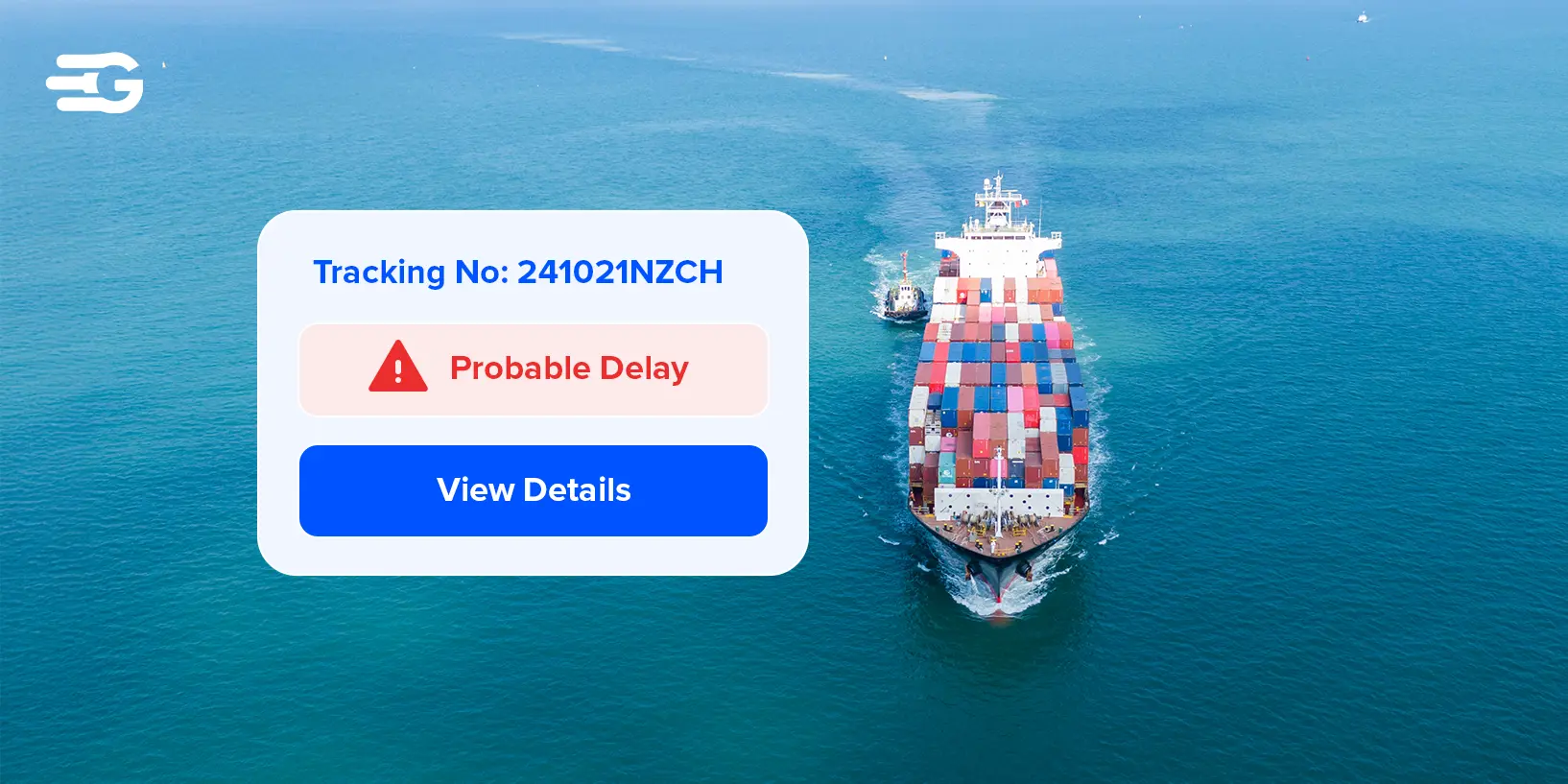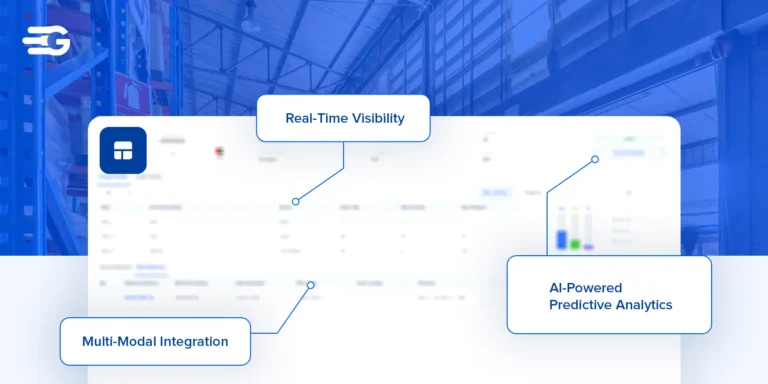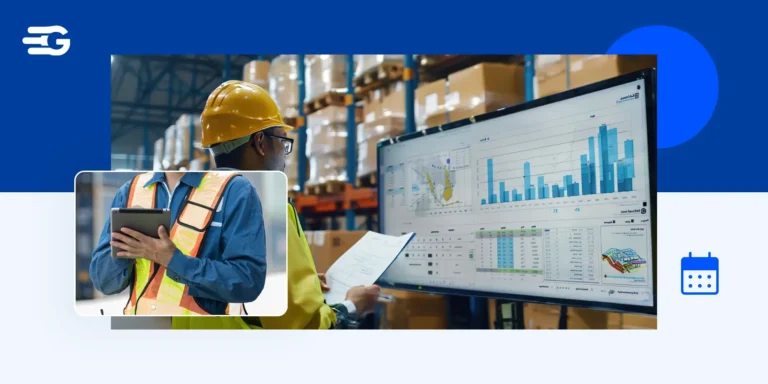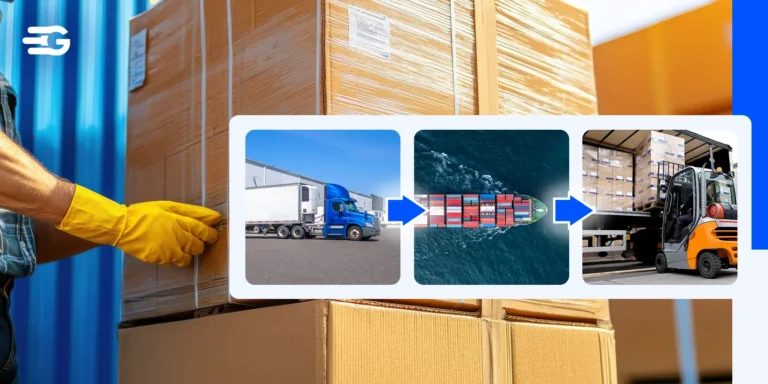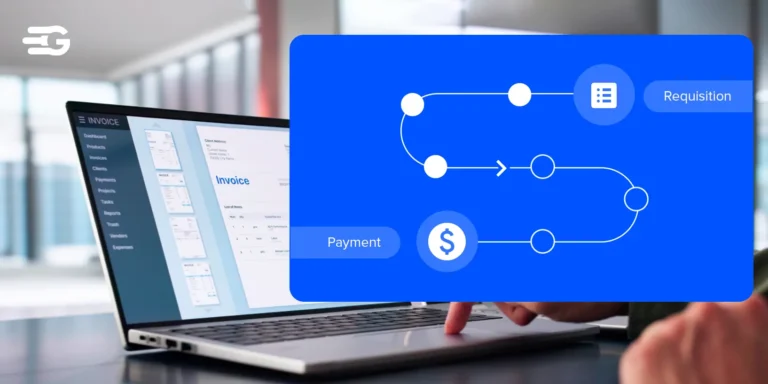Supply Chain Risk Management: The Role of AI-Powered Incident Dashboards
In today’s complex global supply chains, disruptions are inevitable. From port congestions and extreme weather events to geopolitical instability and labor strikes, businesses must be prepared to mitigate risks effectively. Traditional risk management methods often fall short in providing real-time visibility and proactive solutions. This is where AI-powered incident dashboards, play a crucial role in transforming risk management strategies.
The Growing Need for Real-Time Risk Management
Supply chain disruptions can lead to significant financial losses, delayed deliveries, and damaged customer relationships. Businesses need a solution that offers:
- Real-time monitoring of all shipments and potential risks.
- Proactive alerts to mitigate disruptions before they escalate.
- Data-driven insights to make informed decisions and optimize logistics strategies.
- Automated cost impact analysis to assess financial exposure and plan for contingencies.
Understanding the Challenges in Supply Chain Risk Management
Supply chain risks stem from various factors, each posing unique challenges:
1. Geopolitical Instability
Trade wars, tariffs, and sanctions disrupt global trade routes, causing uncertainty for businesses reliant on cross-border logistics.
2. Extreme Weather Events
Natural disasters such as hurricanes, floods, and wildfires can halt transportation, damage infrastructure, and delay shipments.
3. Port Congestion and Labor Strikes
Port delays due to congestion or labor strikes impact supply chain efficiency, leading to longer transit times and increased costs.
4. Regulatory Changes and Compliance Issues
New policies, import/export restrictions, and compliance requirements can create bottlenecks and affect the seamless movement of goods.
These challenges emphasize the need for real-time visibility and predictive analytics to mitigate risks efficiently.
How AI-Powered Incident Dashboards Improve Risk Management
1. Comprehensive Shipment Visibility
AI-powered dashboards provide a centralized view of all live shipments. Companies can monitor ongoing logistics operations and identify risks in real time. This visibility enables logistics managers to detect potential disruptions early and take proactive measures.
2. Prioritization of Critical Shipments
With AI-based categorization, critical or “hot” shipments are automatically flagged. This feature allows businesses to prioritize urgent deliveries, ensuring that essential goods reach their destinations on time.
3. Port-Specific Risk Assessment
Users can check specific ports to assess the impact of delays, congestion, or closures on corresponding shipments. This functionality enables better contingency planning and rerouting strategies.
4. Integration with Global News and Flashpoints
The dashboard connects with real-time news sources to provide updates on global events impacting supply chains, such as political instability, natural disasters, or regulatory changes. This integration ensures that businesses stay informed about external threats affecting their logistics.
5. Automated Cost Impact Analysis
By analyzing disruptions, the dashboard calculates the cost impact on supply chain operations, helping businesses assess financial risks and take corrective actions promptly. Companies can forecast potential losses and optimize resource allocation to mitigate financial setbacks.
6. Predictive Analytics for Proactive Decision-Making
AI-driven insights help businesses anticipate potential risks based on historical patterns. Predictive modeling allows logistics teams to make informed decisions, such as adjusting routes, optimizing inventory levels, and diversifying suppliers to enhance resilience.
The Role of Data in AI-Powered Incident Dashboards
AI-powered incident dashboards rely on vast datasets to generate actionable insights. Key data sources include:
- Real-time GPS tracking of shipments for accurate location updates.
- Weather forecasts to anticipate climate-related disruptions.
- Historical data on past incidents to identify patterns and trends.
- News analytics to monitor global events and assess their impact on supply chains.
The ability to process and analyze these datasets empowers businesses to move from reactive problem-solving to proactive risk mitigation.
GoComet’s AI-Powered Incidents Dashboard: A Game-Changer
GoComet’s Incidents Dashboard has been designed to empower supply chain managers with real-time, actionable insights. Key benefits include:
- Enhanced visibility of all ongoing shipments and potential risks.
- Seamless integration with existing supply chain management tools.
- Automated risk alerts that enable quick decision-making.
- Customizable filters for prioritizing shipments and assessing port-specific risks.
- AI-driven insights that help businesses stay ahead of potential disruptions.
- Cost impact assessments to quantify financial risks and optimize logistics expenses.
Best Practices for Implementing AI-Powered Incident Dashboards
To maximize the benefits of an AI-powered incident dashboard, businesses should:
- Integrate with existing supply chain systems – Ensure seamless data flow between the dashboard and logistics management platforms.
- Leverage predictive analytics – Use historical data and AI models to anticipate potential disruptions and plan accordingly.
- Monitor high-risk regions – Keep track of geopolitical tensions, weather patterns, and industry-specific risks to make proactive decisions.
- Train logistics teams – Equip employees with the necessary skills to interpret data insights and respond effectively to risk alerts.
- Regularly update risk management strategies – Continuously refine contingency plans based on real-time data and emerging threats.
Conclusion
AI-powered incident dashboards are revolutionizing supply chain risk management by providing real-time insights, automated alerts, and predictive analytics. Businesses leveraging tools like GoComet’s Incidents Dashboard can proactively navigate disruptions, minimize financial risks, and enhance operational efficiency. In an unpredictable world, the ability to foresee and mitigate supply chain risks can be the key differentiator between success and failure.
By adopting AI-driven solutions, businesses can transition from reactive crisis management to a proactive, data-driven approach that ensures resilience and efficiency in global logistics.
